
How to Choose the Right Tube Containers for Your Business Needs
In today's competitive business landscape, selecting the appropriate packaging materials is crucial for optimizing product impact and ensuring customer satisfaction. Tube containers, a versatile option for various industries, have been gaining significant traction due to their unique design and practical applications.
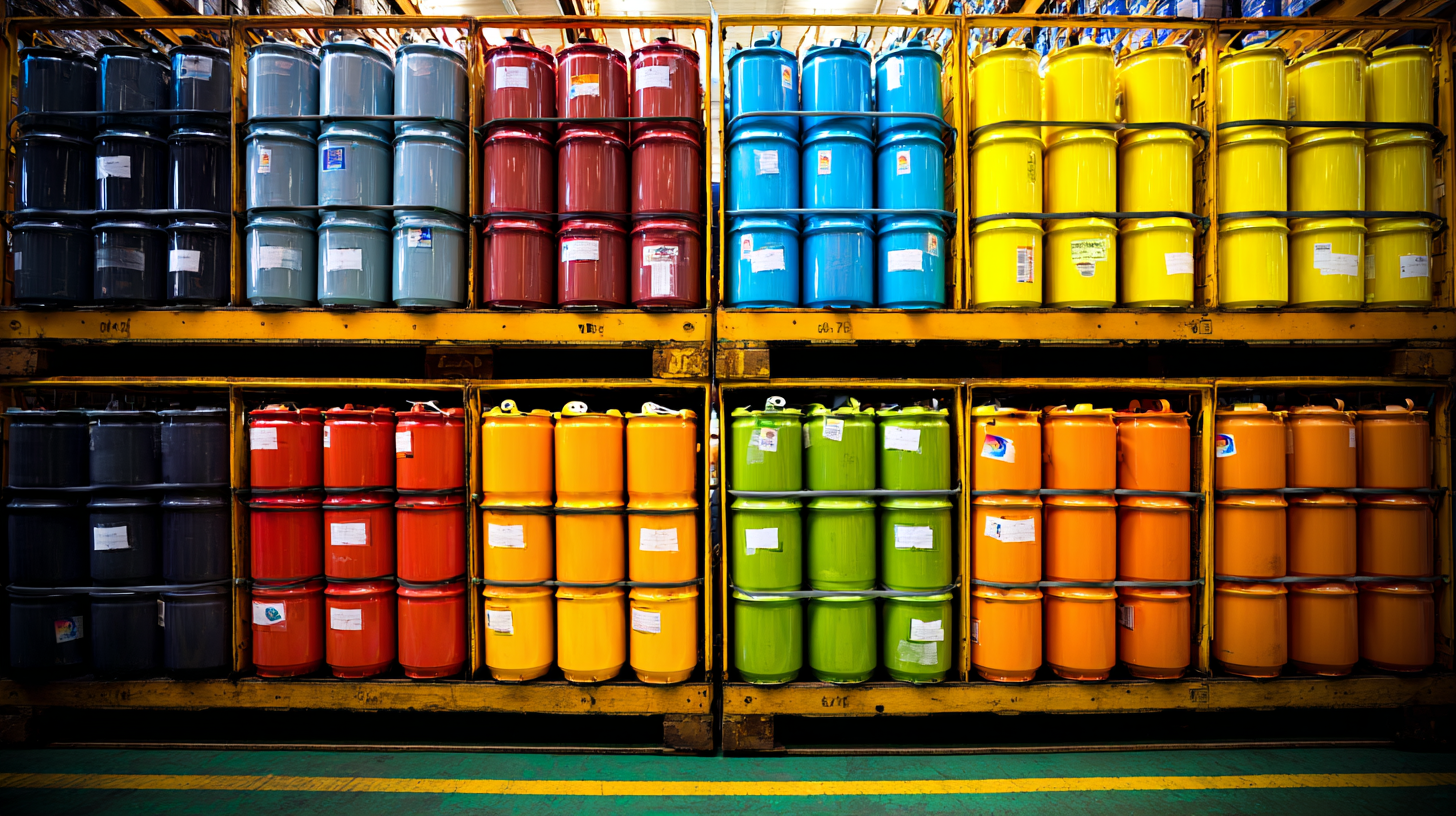 According to a recent report by Smithers Pira, the global market for rigid packaging, which prominently includes tube containers, is projected to reach $500 billion by 2024, with a notable increase in demand for sustainable and efficient packaging solutions.
With their ability to accommodate a wide range of products—ranging from cosmetics to food items—businesses must carefully consider their specific needs, the type of materials used, and the overall branding strategy when choosing tube containers.
This blog will guide you through the essential aspects of selecting the right tube containers tailored to your business requirements.
According to a recent report by Smithers Pira, the global market for rigid packaging, which prominently includes tube containers, is projected to reach $500 billion by 2024, with a notable increase in demand for sustainable and efficient packaging solutions.
With their ability to accommodate a wide range of products—ranging from cosmetics to food items—businesses must carefully consider their specific needs, the type of materials used, and the overall branding strategy when choosing tube containers.
This blog will guide you through the essential aspects of selecting the right tube containers tailored to your business requirements.
Key Considerations for Selecting Tube Containers for Your Products
When selecting tube containers for your products, several key considerations can significantly impact your decision. First, you must evaluate the material of the tube. Options range from plastic to metal and cardboard, each offering distinct benefits. For instance, plastic tubes tend to be lightweight and resistant to moisture, making them ideal for liquid or semi-solid products. Alternatively, metal tubes provide excellent protection against external factors and are often used for products needing a premium feel.
Another crucial factor to consider is the size and capacity of the tube container. It’s essential to align the dimensions with the volume of your product to minimize waste and enhance user experience. A well-fitting tube can ensure that your product is well-protected during transport while also appealing to customers with its aesthetic. Additionally, think about the sealing mechanism; a secure seal is vital for maintaining product integrity.
Lastly, don't overlook branding opportunities. Customizing tube containers with unique designs and labels can significantly boost your product's visibility on the shelf. Engaging graphics and appropriate colors can convey your brand message effectively, attracting potential customers. By carefully weighing these considerations—material, size, and branding—you can choose the right tube container to meet your business needs and stand out in a competitive market.
Product Packaging Material Preferences in Tube Containers
Understanding Different Types of Tube Containers Available in the Market
When selecting the right tube containers for your business, it is essential to understand the variety of options available in the market. Tube containers can be categorized broadly into plastic, metal, and paper materials, each serving different functions and industries. Plastic tubes are lightweight and versatile, ideal for products ranging from cosmetics to food. They offer protective barriers against moisture and air, making them suitable for perishable goods. In contrast, metal tubes provide enhanced durability and are often used in industries requiring a more premium feel, such as pharmaceuticals and high-end cosmetics.
Another growing trend in tube packaging is the demand for eco-friendly solutions. With increasing environmental concerns, packaging made from biodegradable materials or sustainable sources is gaining traction. Sugarcane-based packaging is becoming a popular choice, appealing to consumers' desire for greener alternatives. When choosing a tube container, businesses should consider the implications of material choice not only on product safety and appeal but also on sustainability, which may play a critical role in attracting eco-conscious consumers. Understanding these various types will help you make informed decisions that align with your brand's values and market demands.
Evaluating the Material Choices: Plastic vs. Glass Tube Containers
When selecting tube containers for your business, one of the crucial decisions revolves around the material: plastic versus glass. Each option offers distinct advantages that can impact the functionality and appeal of your product. Plastic tube containers are lightweight and shatterproof, making them a practical choice for shipping and handling. They can also be produced in various sizes and colors, allowing for greater flexibility in branding and marketing. However, consider the potential environmental implications and recycling processes associated with plastic.
On the other hand, glass tube containers exude a perception of quality and elegance. They are non-reactive, making them ideal for storing sensitive products like pharmaceuticals or beauty items. Glass is also a sustainable option, as it can be recycled indefinitely without losing quality. However, businesses should be cautious of the fragility and weight of glass, which may result in higher shipping costs and risk of breakage.
**Tip:** Always assess your product specifications and target market preferences when choosing between plastic and glass. Testing both materials with sample batches can provide valuable insight into which container resonates more with your customers. **Tip:** Consider eco-friendly options for plastic containers, such as biodegradable or recyclable materials, to align with consumer demand for sustainability.
How Tube Size and Shape Impact Packaging Efficiency and Brand Image
When selecting tube containers for your products, the size and shape play a pivotal role in both packaging efficiency and brand image. A well-designed tube can enhance the overall user experience, making it easier for consumers to access the product while ensuring that it remains protected during transit. For instance, slimmer tubes may be suitable for liquid products, providing an easy pour and minimizing wastage, while wider tubes are advantageous for thicker substances, ensuring smooth dispensing.
Moreover, the aesthetics of tube size and shape significantly impact how consumers perceive your brand. Uniquely shaped tubes can distinguish your product on the shelf, catching the eye of potential buyers and communicating brand values. For example, a sleek, modern tube may convey sophistication, while a rustic, hand-crafted design could suggest natural ingredients. As such, aligning the tube's form with your branding strategy is essential to create a cohesive image that resonates with your target audience while reinforcing your brand identity.
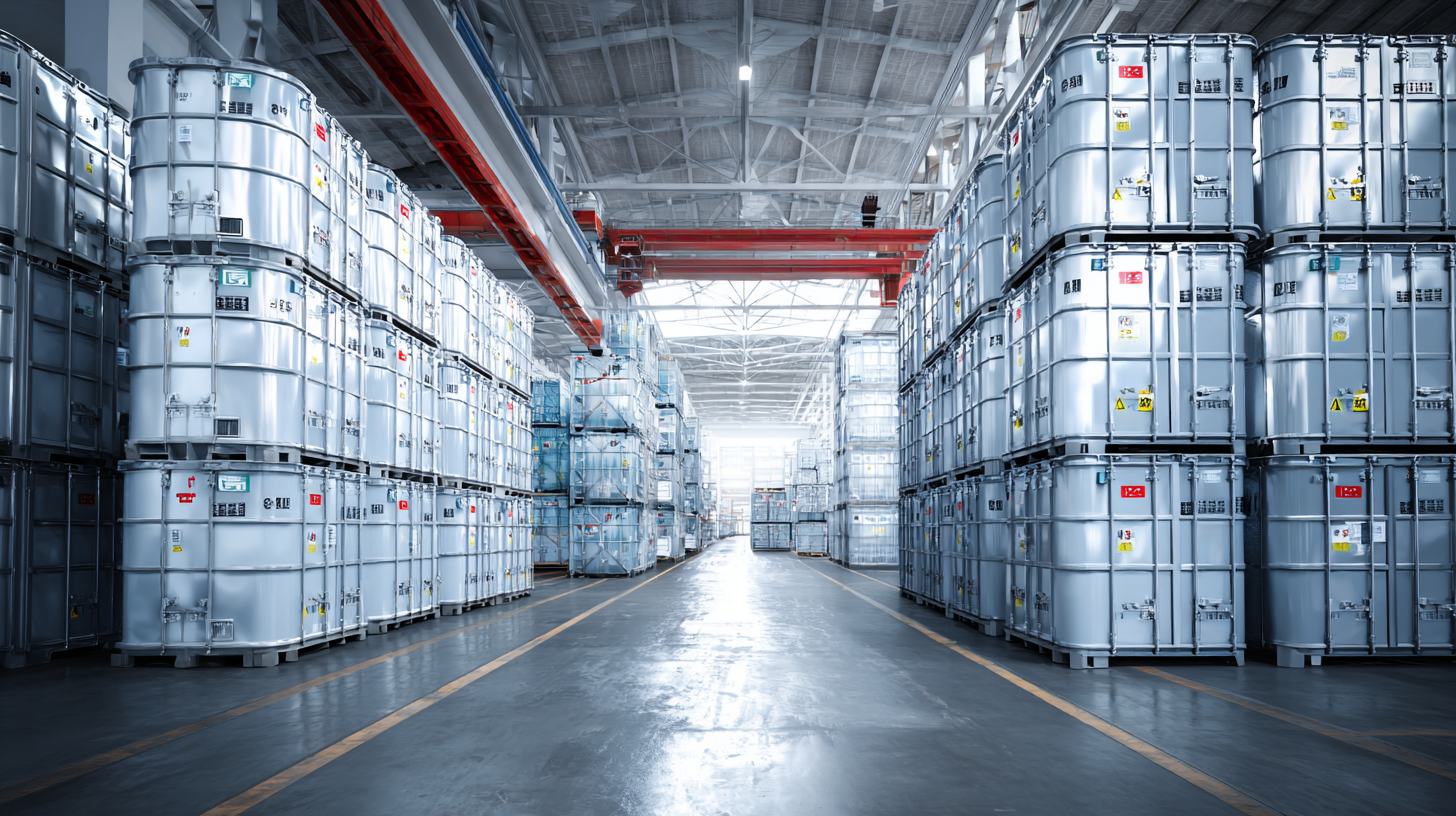
Cost Analysis: Balancing Quality and Budget When Choosing Tube Containers
When selecting tube containers for your business, it's essential to conduct a thorough cost analysis that balances quality and budget. While it might be tempting to opt for the cheapest option available, compromising on quality can lead to increased long-term costs due to potential product damage or customer dissatisfaction. High-quality tube containers not only offer better protection for your products but also enhance brand perception and customer loyalty.
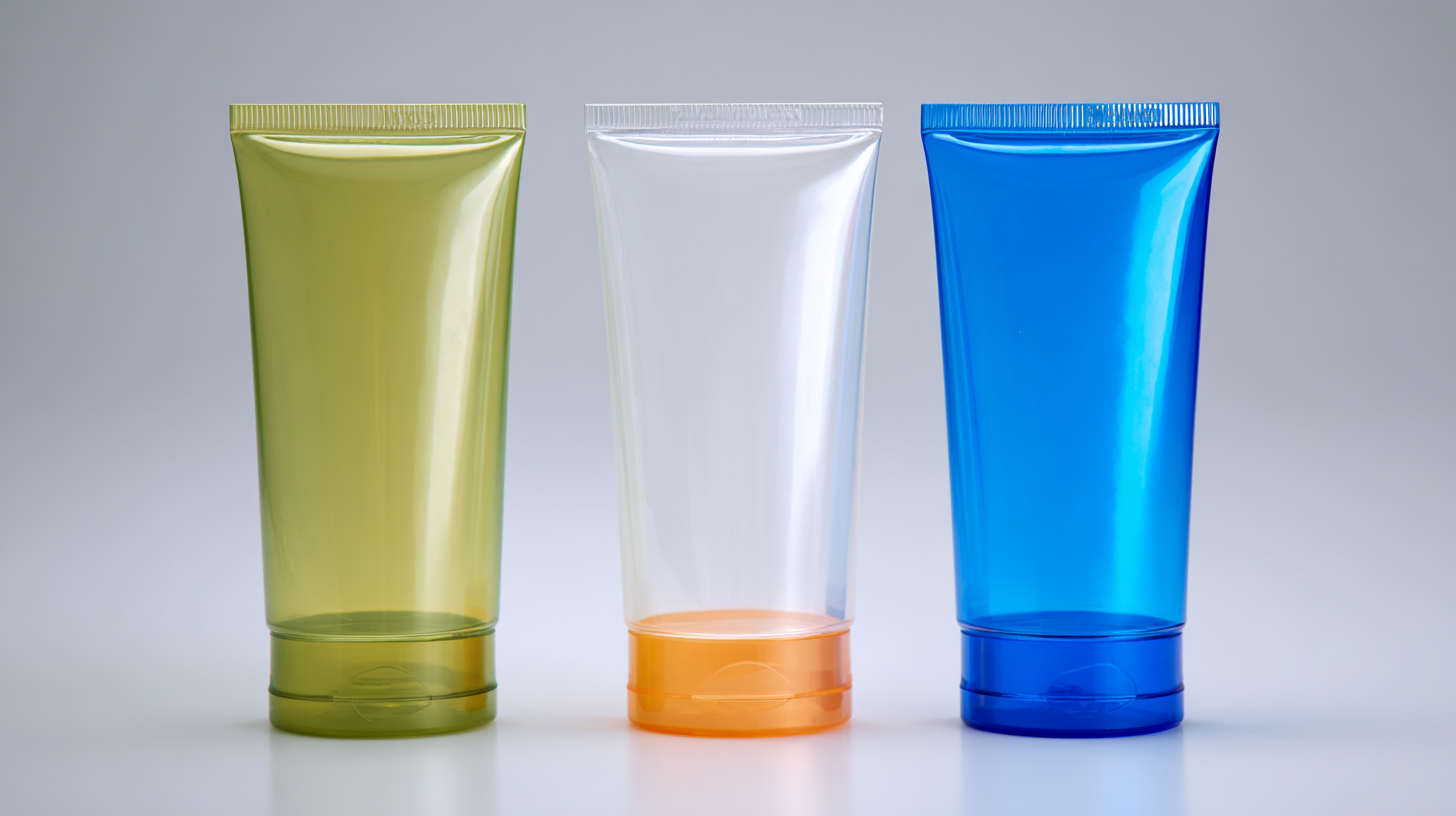
To effectively balance cost and quality, start by analyzing your specific needs. Consider factors such as the type of product being packaged, the distribution method, and shelf-life requirements. Engage with suppliers to gather information on various tube container materials and their associated costs. Compare the durability and performance of these materials to ensure that your choice meets the necessary standards without overspending. By investing time in this cost analysis, you can make an informed decision that aligns with both your budget and the operational demands of your business.
Related Posts
-
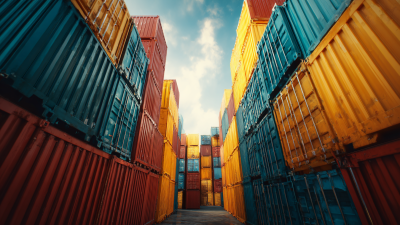
Ultimate Checklist for Choosing the Best Tube Containers for Your Business
-

Mastering the Art of Tube Cosmetics Application for Flawless Skin
-

7 Essential Tips to Elevate Your Beauty Game with Tube Cosmetics
-
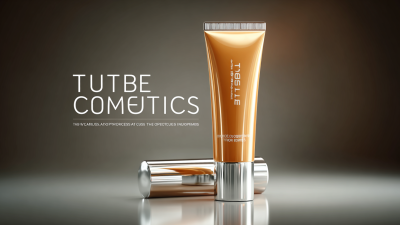
Innovative Approaches to Sourcing the Best Tube Cosmetics for Global Markets
-

The Future of Squeeze Tube Lip Gloss Innovations and Trends
-
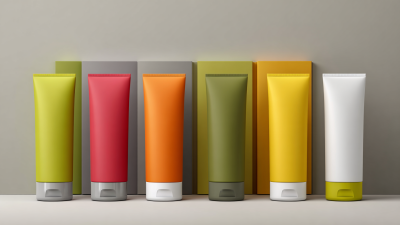
Innovative Examples of Cosmetic Tubes Transforming Beauty Packaging






